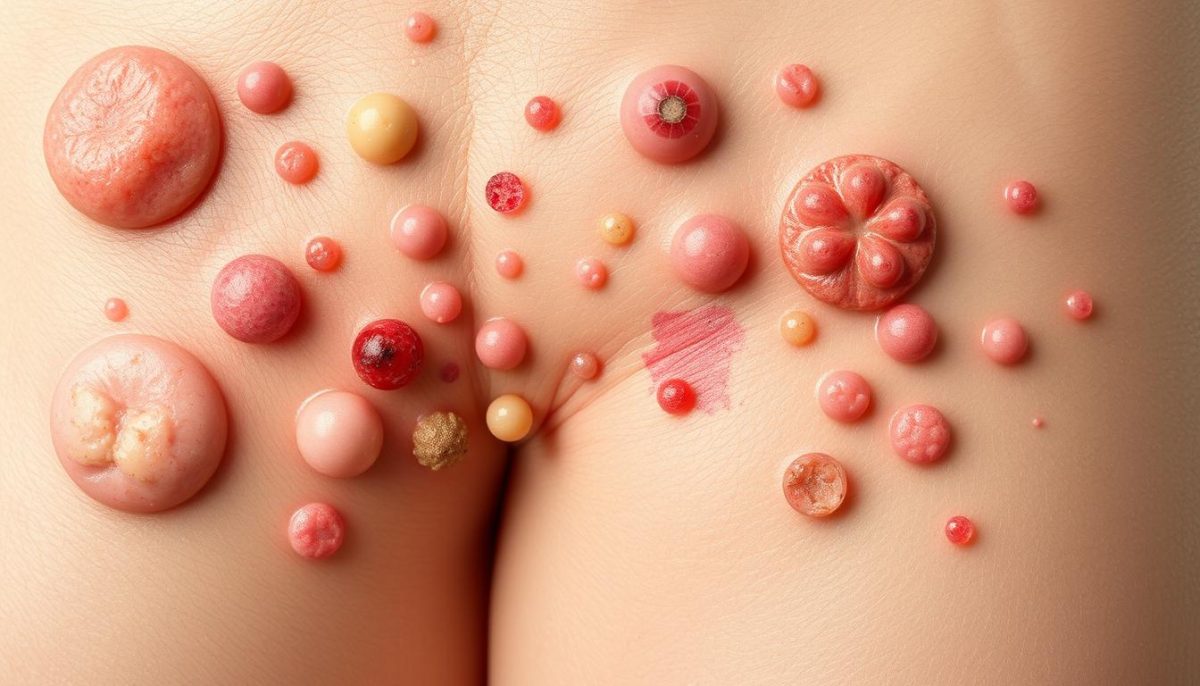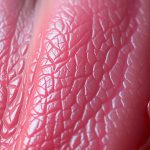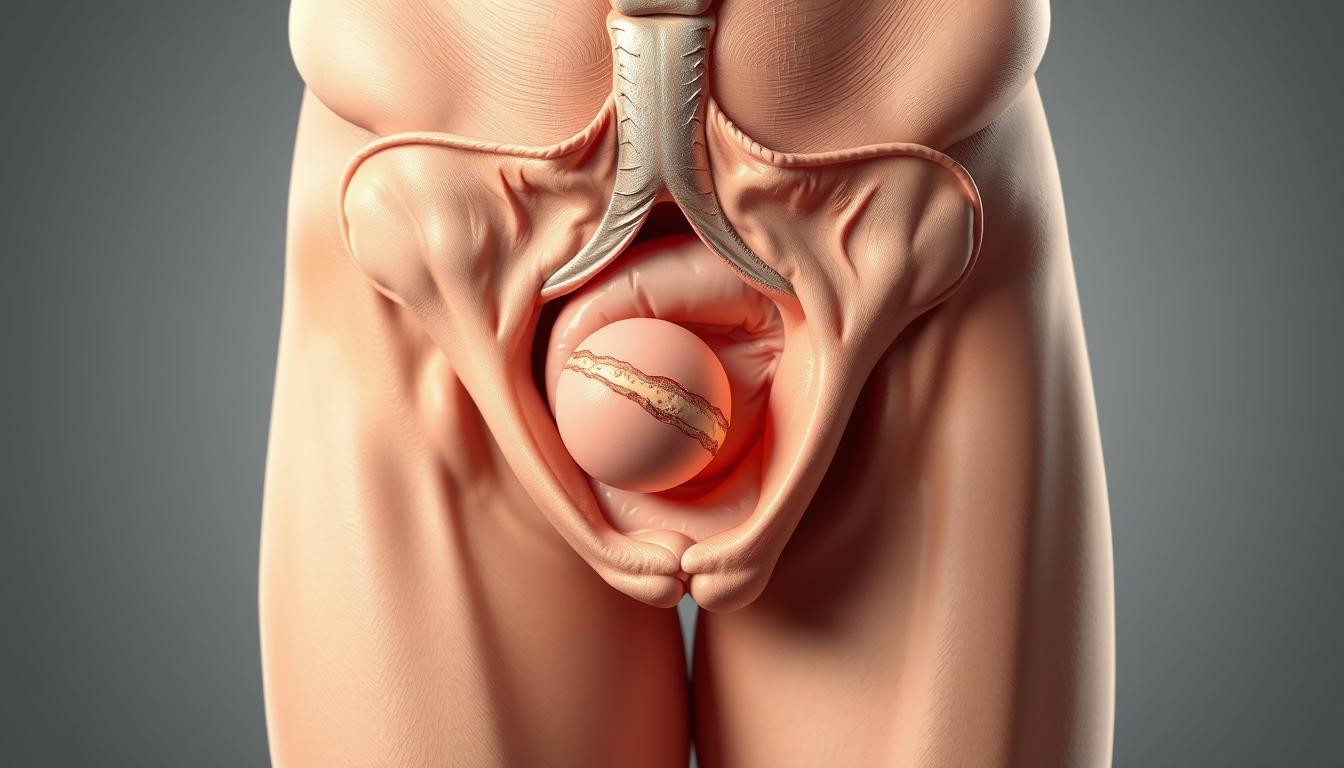As men, we often encounter various skin conditions that can affect our intimate areas, including the scrotum. Pimples on the scrotum, also known as scrotal acne, are a common issue that can be both uncomfortable and concerning. In this article, we’ll dive into the understanding of scrotal skin conditions, explore the types and characteristics of pimples on the scrotum, and discuss natural remedies and home treatment options to help alleviate this common problem.
Understanding Scrotal Skin Conditions and Common Issues
Maintaining healthy, vibrant scrotal skin is essential for our overall genital skin health. However, various skin conditions can affect this sensitive area, some of which may be normal changes, while others could signify more concerning symptoms. In this section, we’ll explore the unique anatomy of scrotal skin and hair follicles, as well as the common risk factors that can contribute to various scrotal dermatology and genital skin health issues.
Normal Skin Changes vs Concerning Symptoms
It’s important to understand the difference between normal skin changes and potential warning signs that may require medical attention. Slight discoloration, texture variations, and occasional bumps or irritation are often part of the natural skin cycle. However, persistent rashes, severe swelling, painful folliculitis, or ingrown hairs could indicate an underlying condition that requires professional evaluation.
Anatomy of Scrotal Skin and Hair Follicles
The scrotal skin is unique in its structure, being thinner, more sensitive, and containing a higher concentration of hair follicles compared to other body regions. This delicate composition makes the scrotum more susceptible to various skin problems, including irritation, inflammation, and infection.
Risk Factors for Skin Problems
- Poor hygiene practices
- Tight-fitting clothing or underwear
- Excessive sweating or moisture in the genital area
- Skin injuries or trauma
- Certain medical conditions, such as diabetes or eczema
- Use of harsh or irritating products on the genital skin
Understanding the normal variations in scrotal skin, as well as the potential risk factors, can help us identify and address any concerning issues early on, promoting overall genital skin health.

Pimples On Scrotum: Types and Identifying Characteristics
Understanding the different types of skin conditions that can appear on the scrotum is crucial for identifying and addressing them effectively. From common issues like scrotal bumps and testicular acne to more serious genital lesions and scrotal cysts, we’ll explore the key characteristics of these various conditions to help you recognize and address them properly.
Folliculitis: Inflamed Hair Follicles
One of the most common scrotal skin problems is folliculitis – inflammation of the hair follicles. This can manifest as small, red, pus-filled bumps on the scrotum, often caused by bacterial or fungal infections. Proper hygiene and over-the-counter treatments can usually resolve folliculitis, but persistent or severe cases may require medical attention.
Sebaceous Cysts: Blocked Oil Glands
Sebaceous cysts, also known as epidermoid cysts, are another common scrotal skin condition. These are small, painless bumps that form when the sebaceous glands become blocked, leading to the accumulation of oil and dead skin cells. While typically harmless, larger cysts may require medical treatment.
Ingrown Hairs: Trapped Hairs
Ingrown hairs, where the hair curls back into the skin, can also occur on the scrotum. This can cause small, red, irritated bumps that may be mistaken for pimples. Proper hair removal techniques and regular exfoliation can help prevent ingrown hairs.
| Skin Condition | Characteristics | Potential Causes |
|---|---|---|
| Folliculitis | Small, red, pus-filled bumps | Bacterial or fungal infection |
| Sebaceous Cysts | Small, painless bumps | Blocked sebaceous glands |
| Ingrown Hairs | Small, red, irritated bumps | Improper hair removal, friction |
It’s important to remember that while many scrotal skin conditions may appear similar, some may require medical attention, especially if they are persistent, painful, or accompanied by other concerning symptoms. If you have any concerns about scrotal bumps, lesions, or other skin changes, it’s best to consult a healthcare professional for proper diagnosis and treatment.

Natural Remedies and Home Treatment Options
When it comes to managing pimples on the scrotum, we believe in exploring natural remedies and effective home treatment options. Proper hygiene practices, over-the-counter solutions, and lifestyle changes can all play a role in preventing and treating these common genital skin issues.
Proper Hygiene Practices
Maintaining good personal hygiene is essential for maintaining healthy scrotal skin. We recommend gently cleansing the area with a mild, fragrance-free soap, and thoroughly drying the skin after bathing. Avoiding tight-fitting clothing and ensuring the area stays dry can also help reduce the risk of pimple formation.
Over-the-Counter Solutions
For mild cases of scrotal acne, we may suggest trying over-the-counter treatments like benzoyl peroxide or salicylic acid. These can help dry out pimples and prevent new ones from forming. Always follow the product instructions carefully and do a patch test before applying to the sensitive genital area.
Lifestyle Changes for Prevention
Making certain lifestyle adjustments can also go a long way in preventing pimples on the scrotum. Wearing loose, breathable clothing, maintaining a balanced diet, and reducing stress can all contribute to healthier scrotal skin. If home remedies don’t provide relief, it’s best to consult a healthcare professional for personalized medical advice.









